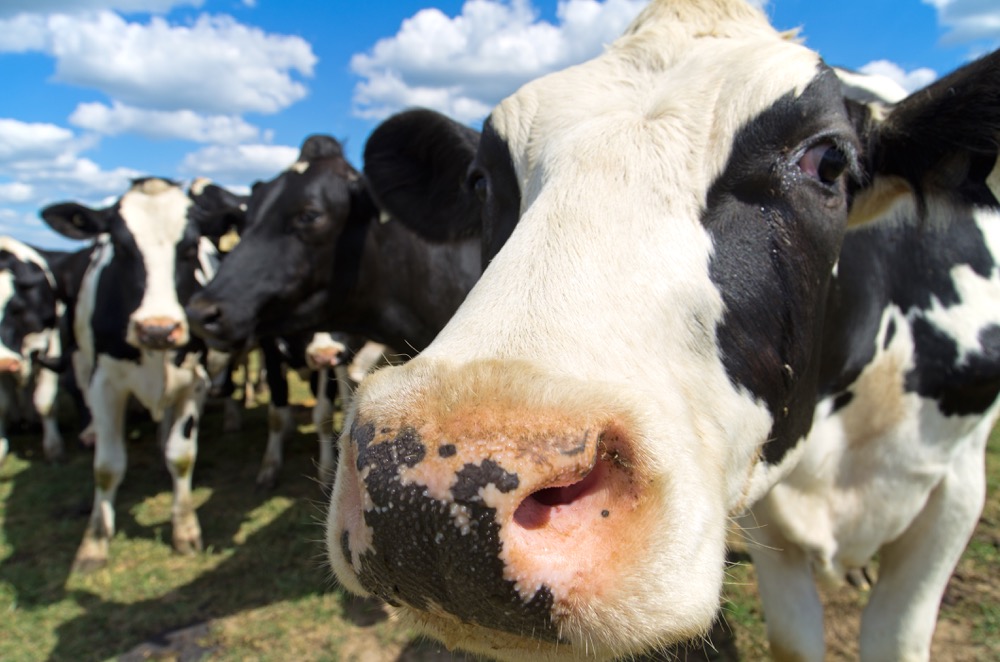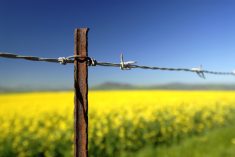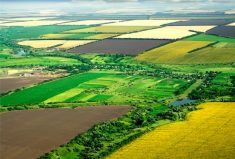Canada has the most extensive coastline in the world, and much of that is in the Arctic. That place we know near the North Pole is not however, governed by Canada alone.
The Arctic is governed by eight nations: Canada, Russia, Denmark, Finland, Norway, Sweden, U.S. and Iceland. This group, known as the Arctic Council, manages issues that need international co-operation, such as spills. The Americans conduct air surveillance over the area and wish to control the Northwest Passage.
The U.S., Russia, Denmark, Norway, and Canada all lay claim to resources in the Arctic, which include an estimated 13 per cent of the global oil supply and 30 per cent of natural gas. For the four million people living there, 400,000 of which are Indigenous, the future of the Arctic Circle is never certain. That’s not because of the politics between the eight nations or America’s rejection of Canada’s claim to the North or its antagonizing behaviour in the Northwest Passage — although these are irritants for sure.
Read Also

Farm equipment sales sector sees significant structural changes
Farming equipment sales have been declining for a number of years now, and one industry professional believes structural changes in the industry are needed to curb that trend.
The real issue though is the warming of the area and the shrinking of polar ice.
The Arctic is one of the best predictors of climate change and shrinking polar ice, melting of permafrost, and reduction of snow all have an effect on Canadian agriculture.
- More with Brenda Schoepp: I have been blessed in the company of rural women
There are ecological implications as the ice retracts and the possibility of an open passage because of the lack of summer ice becomes a reality. One is the potential for northern farming. In the Northwest Territories, Yukon, northern Peace, and northern Ontario, land has been slowly opening up for agricultural production in places that have historically been a block of ice. Subarctic farming is moving ahead because of warmer temperatures (coupled with long summer days).
Some farm groups suggest this is a good sign and will contribute to Canada’s food security, especially as the temperature increases in the southern parts of the nation. But rising temperatures tamper with permafrost, which is an ecosystem to itself, and what is unknown is the consequence of the big thaw in terms of releasing large amounts of carbon that had been captured by southern permafrost.
As this new carbon is released, it contributes to the warming of the atmosphere. This has an impact on both freezing and on snow. With 80 per cent of fresh water derived from snow in the Arctic and Subarctic areas of Canada, this is the critical piece for the future of both northern farming and, in fact, for much of Canada when it comes to fresh water for all food production.
For fishermen, there are additional challenges. The 865,711 tonnes of sea and freshwater fish produced in Canada in 2015 also included Arctic waters. Coho, sockeye, and Atlantic salmon have now been found in the Far North.
Just to put this into perspective, scientists estimate that if the ice melt continues at the same rate, the area will be free of summer ice by the year 2040. How will the Arctic Council and in particular Canada, govern this area if it becomes a viable trans-polar shipping and food route? What does that mean if the U.S. positions itself above and below us? Who owns the salmon? Who controls the fresh water? And what are the opportunities for the export of agricultural products through that route?
In many respects, the rise in temperature in the Arctic is history repeating itself. The Vikings went out looking for land during a period of warm temperatures between the years 800 and 1300, even growing barley in Greenland. Today however, temperatures in the region are increasing at twice the speed of anywhere else on the planet. In Iceland and Greenland, the increased temperatures may be offset by drought and pest conditions.
The rise of the sea as the ice melts also impacts our most productive farmland in Canada, those rich deltas near warm-water ports. Areas flooded by sea water create salinity wastelands of these precious flats and threaten the freshwater life within waterways and lakes.
Food insecurity in Canada’s Arctic and Subarctic is already astonishingly high, with 70 per cent of preschool children food insecure. Reliance on boats and planes has become a way of life but the huge resource camps and the need to feed miners and explorers have left some local shelves empty.
I can’t support the train of thought that believes climate change and the consequential melting of ice and permafrost in opening up northern farms is going to be the solution for food insecurity issues for Canada, particularly if there remains a shortage of fresh water.
















